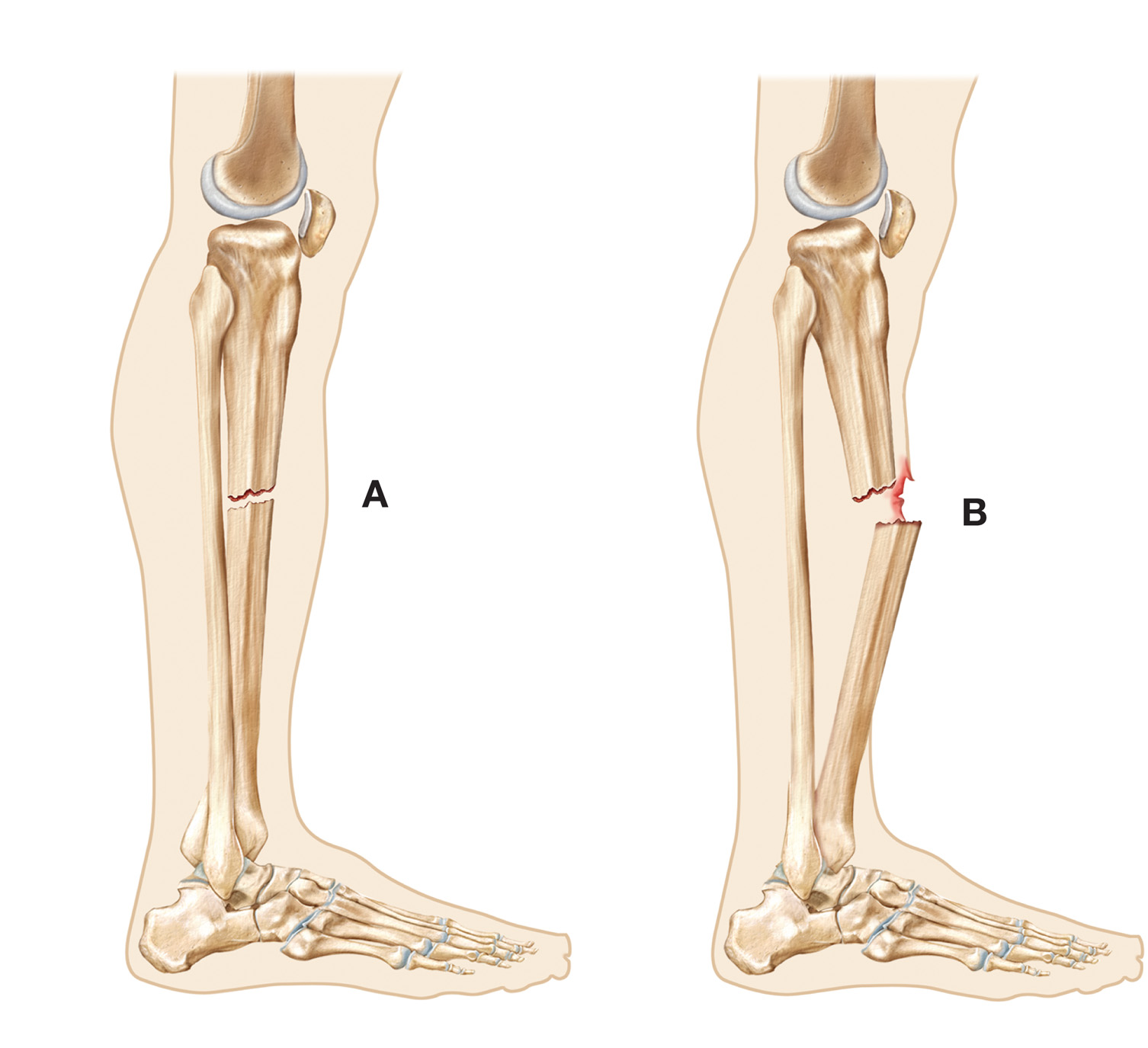An open fracture is an associated injury that happens once a broken bone is exposed through the skin. This could mean that the bone is truly protruding of the skin, or it’s going to mean that the skin and soft tissue are discontinuous and exposes a path to the positioning of the fracture. Typically referred to as a fracture, associate open fracture necessitates totally different treatment from the typically fracture.
Open fractures are a priority as a result of these injuries will be tough to heal, and infection will cause vital issues with the healing of the bone and therefore the close tissues. Most of the first treatment of the open fracture is targeted on preventing the event of progression of infection at the positioning of the fracture.
Surgically improvement the Bone
Surgically improvement the bone is one of the primary steps for treating the open fracture. Most patients who sustain compound fracture bear a surgery referred to as “irrigation and surgical procedure.” Irrigation suggests that washing the bone and therefore the site of the injury. The surgical procedure is delineated within the next step.
Determining the extent of the injury will be tough simply by watching open fractures. This is often very true in high-energy injuries together with automobile collisions and gunfire wounds. With these varieties of injuries, even little penetrations within the skin will cover terribly giant areas of soft-tissue injury around an open fracture. Therefore, once surgically improvement the bone, it’s necessary to try to do this within the operating theatre (OR) under anaesthesia — attempting to sufficiently assess and clean the bone in the hospital room, while not adequate anaesthesia, is also inadequate. Additionally, although injury to the skin is already present, a bigger incision may have to be created.
Removing Contaminated or Non-Viable Tissue
The second surgical step of open fracture treatment is termed a surgical procedure. Surgical procedure suggests that removing foreign material (dirt, gravel, clothing, etc.) Similarly,as non-viable soft tissue. Crucial tissue viability also can be a challenge, and in severe open fractures, multiple surgical procedures are also required to make sure that everyone’s dead tissue has been removed. The foremost common way to determine if the tissue is viable is to work out if its blood provides. If not, the tissue would be unlikely to survive would solely contribute to the probability of developing an infection.
Stabilizing the Bone
Stabilizing the broken bone helps to forestall more tissue injury. Crucial a way to best stabilize a bone depends on a variety of things. Several commonplace ways to stabilize a bone, like plates and screws or intramedullary rods, might not be sensible choices if there’s a high likelihood of microorganism contamination in wounds. In several open fractures, a tool referred to as an external fixator is wont to stabilize these injuries. External fixators have a couple of distinct benefits during this setting of trauma implants:
• They will be quickly applied, which is usually necessary with severe trauma.
• They permit the wound to be attended.
• They secure the bone while not putting orthopedic implants directly at the positioning of injury.
Determining the acceptable kind of fixation for associate degree compound fracture depends on the situation and extent of the injury, among different factors.
A compound fracture could be a medical emergency that needs prompt treatment. Open fractures or serious injuries will cause complications of infection and delayed bone healing. For these reasons, open fractures need imperative analysis, followed by prompt treatment. Several open fractures would require imperative surgery to wash out and stabilize the bone. Additionally, antibiotic treatment is sort of continually necessary so as to lower the possibility of infection. Even with ideal treatment, the danger of complications related to open fractures is high.

